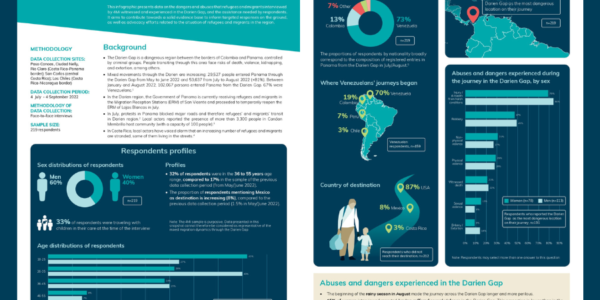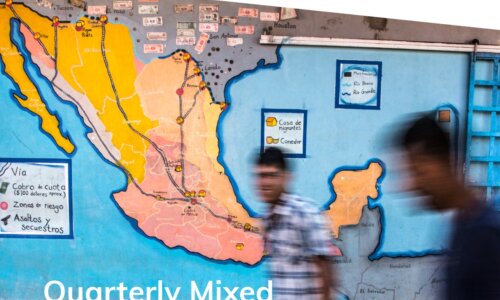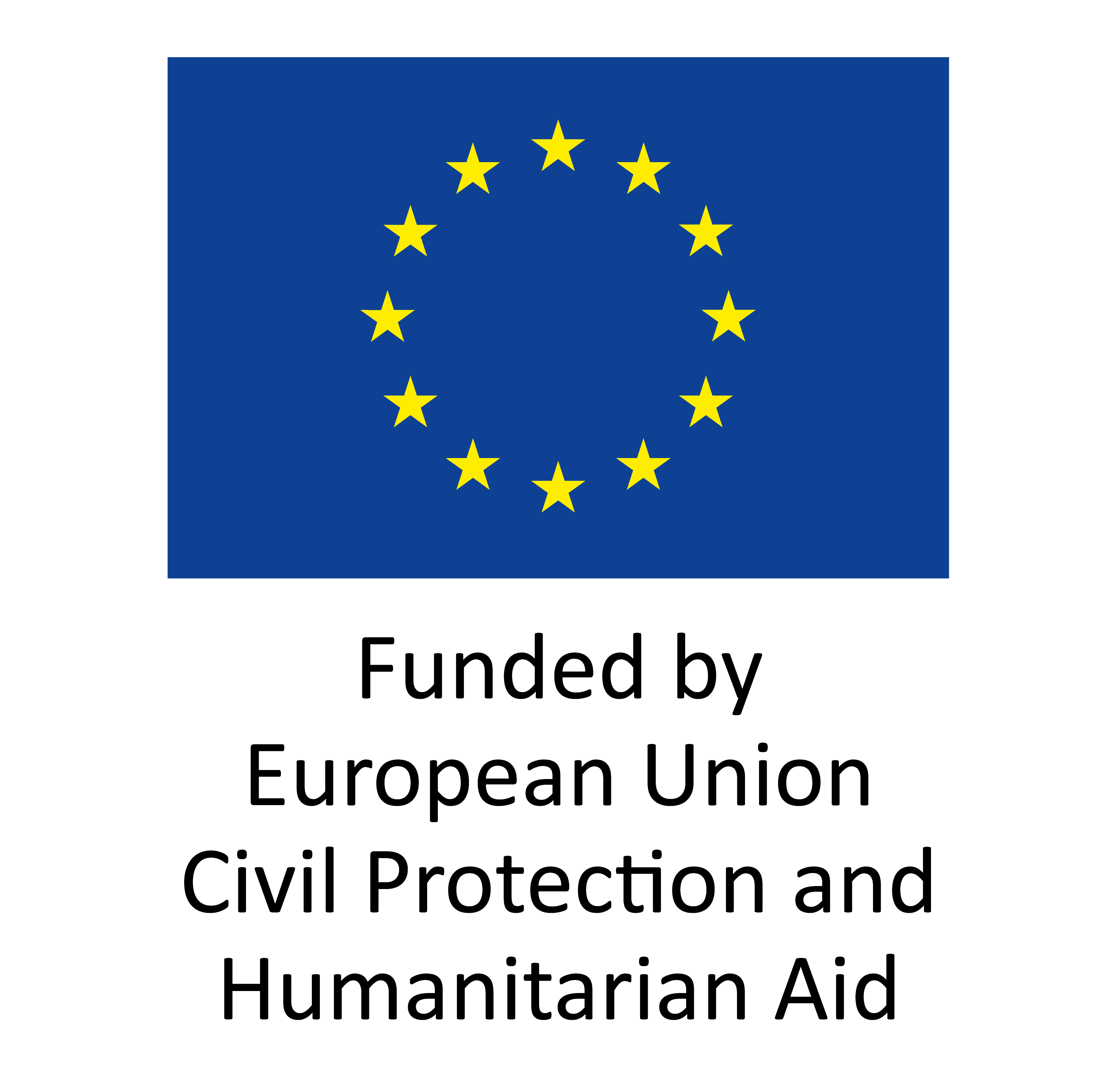
About MMC’s work in Latin America and the Caribbean
MMC engages in data collection, research, analysis and policy development on mixed migration in Latin America and the Caribbean.
Our primary objectives are to fill the knowledge gap on mixed migration in the region; to inform programming for refugees and migrants, particularly in the area of protection; and to inform policy-making around the rights and protection of people on the move.
MMC’s flagship data collection project ‘4Mi’ currently operates in Colombia, Costa Rica, Mexico and Peru, focusing on people leaving Venezuela, as well as refugees and migrants from across Latin America and the Caribbean, and extra continentals, who are heading towards North America.








